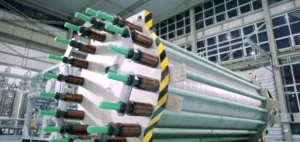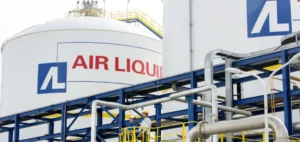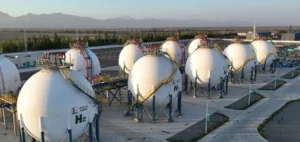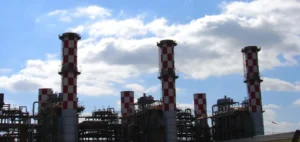The first shipment of low-carbon ammonia arrived in Japan for use as a fuel in power generation. This success represents an important step in the development of this low-carbon energy solution.
A multitude of actors for this first delivery
The ammonia was produced by SABIC Agri-Nutrients with raw materials from Aramco and sold by Aramco Trading Company to Fuji Oil Company. Mitsui O.S.K. Lines was responsible for transporting the liquid to Japan, and then the low-carbon ammonia was transported to the Sodegaura refinery for use in co-combustion power generation, with technical support from Japan Oil Engineering Co.
Japan has announced plans to increasingly use ammonia as a fuel for power generation and ship propulsion as part of its decarbonization goals by 2050. Low-carbon ammonia is therefore a promising energy solution for industries that are difficult to decarbonize.
Strengthened collaboration between Aramco and SABIC AN
Aramco and SABIC AN are working together to establish a global supply network for low-carbon ammonia. They plan to supply low-carbon ammonia to other players to meet their early demand needs. SABIC AN CEO Abdulrahman Shamsaddin said their goal is to capitalize on this milestone to positively contribute to carbon neutrality.
In 2020, Aramco collaborated with SABIC to ship the first delivery of low-carbon ammonia to Japan as part of a demonstration project. Then, in 2022, Aramco and SABIC AN received the first independent accreditation for low-carbon hydrogen and ammonia products. By the end of that year, the two companies had delivered the world’s first shipment of accredited low-carbon ammonia to South Korea.






















